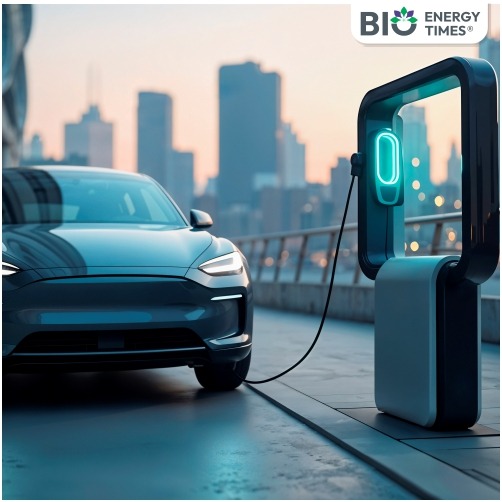India’s automobile industry is bracing for a potential shortage of rare earth magnets by mid-July 2025 for some vehicle parts. This comes after China imposed new export restrictions and slowed down the approval of shipments, according to a report released by ICRA, a credit rating agency, on Thursday, reports The Free Press Journal.
The report highlights that while carmakers are looking into various backup plans, each option presents its own set of challenges related to transport, government rules, and engineering, adding to the current uncertainty.
Jitin Makkar, Senior Vice President at ICRA, explained the situation. “The industry, which just recovered from the computer chip shortage in 2021-22 that cut down passenger vehicle production by almost 100,000 units, or about 4 percent, is now facing a new problem,” he said. “With China making export controls stricter and delaying shipment approvals, we expect that rare earth magnet supplies will only last until mid-July 2025 for many, if not all, cars and two-wheelers.”
The magnets in question, known as neodymium-iron-boron (NdFeB), are highly valued for their strength and efficiency. They are crucial for high-performance uses in vehicles, such as the main motors in electric two-wheelers and cars, and power steering motors in both electric and traditional gasoline vehicles.
In the financial year 2025, India imported about $200 million worth of these magnets for both automotive and non-automotive uses, with approximately 85 percent of these coming from China.
Makkar emphasized the strategic importance of this dependency. “While the dollar value of the trade might seem small, the strategic reliance it shows is far from it,” he added. “The uncertainty in supply has affected production planning. If this issue isn’t resolved, depending on China for these special materials could severely impact the automobile sector, especially the rapidly growing electric vehicle market.”
To reduce the risk, Indian car parts makers and original equipment manufacturers (OEMs) are exploring several ways forward, the report noted. These include bringing in complete motors from China, sending the parts where the magnets are attached (rotors) to China for assembly, and then bringing them back. They are also considering replacing rare earth magnets with specially engineered materials that offer similar magnetic performance without being classified as rare earth magnets. However, these solutions involve complicated logistics, regulations, and engineering hurdles.
Putting some of these alternative plans into action would also require speeding up the design, testing, and approval processes to minimize disruptions to production.
The stakes are high for Indian manufacturers as they strive to secure a stable supply chain. The main challenge with vital components like rare earth magnets is that their source is highly concentrated. While the current situation is disruptive, the report suggests it could also encourage innovation and the development of new strategies, both in terms of where materials are sourced from and in scientific advancements.
















